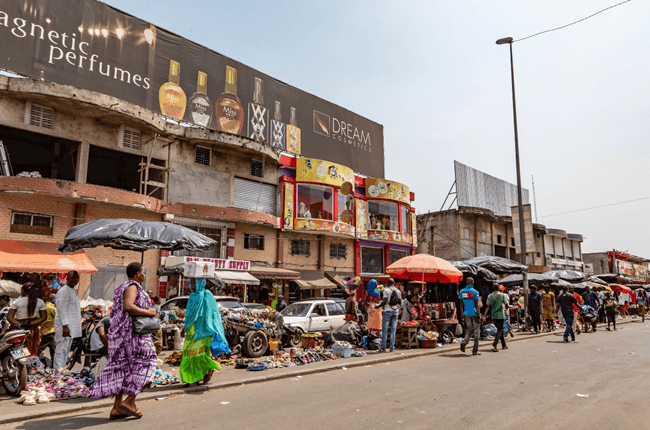
A conceptual framework to illustrate the linkages between financial inclusion and inclusive economic growth
Purpose of the study
UNCDF commissioned Nova Economics to develop a simple conceptual framework to illustrate the potential linkages between financial inclusion and inclusive economic growth. The focus was on sixteen low and lower-middle income countries that fall within the scope of the MAP programme. UNDCF sought generalised recommendations on the opportunities to unlock inclusive economic growth through financial inclusion in these regions.
Background and context
The Making Access Possible (MAP) initiative is a partnership between the United Nations Capital Development Fund (UNCDF), the FinMark Trust and Cenfri. MAP’s overall objective is to improve people’s lives and livelihoods through access to, and use of, financial services. As such, it has relied on an understanding of the factors that support livelihoods, which includes health, education, financial intermediation etc.
There is increasing consensus, however, that in order to achieve a sustained improvement in people’s living standards, rising income inequality will have to be addressed. The UNDP recognised there is a need for coordinated policies that can enhance the prospects for strong and inclusive economic growth in developing countries/ household resilience and create pathways out of poverty over the long-term.
The UNDP notes that there are several channels through which access to financial services can impact growth. Access to financial services can, for example, assist people escape poverty by encouraging savings while lessening the effects of financial shocks (such as job losses and crop failures.) It may also help some to overcome financing gaps and binding constraints, such as the lack of access to finance for small and medium enterprises. The UNDP recommends that financial sector strategies be designed holistically to address financial inclusion, deepening and stability, and consumer protection. It is within this context that the UNCDF, via the MAP programme, sought to develop a robust framework on the interplay between financial inclusion, financial sector development, and enabling inclusive growth.
Key Findings
Based on a review of the international literature we identified that there six main levers that can enable inclusive economic growth via financial inclusion. These include 1) Improving access to education and healthcare, 2) Facilitating payments and income receipts, 3) Enabling the accumulation of productive assets, 4) Investment assets, 5) Enabling households to mitigate against loss, and 6) Enabling households to smooth their consumption.
We found that there are several potential interventions or strategies to promote inclusive growth via financial inclusion but noted that these must be tailored to the specific country context. Our analysis has shown that there is significant variation within the poor, low and middle-income countries that are the focus of the MAP programme with respect to 1) Enabling environment for inclusive growth, 2) Current access to financial services, and 3) The way in which households earn their livelihoods.
Based on 14 indicators of inclusive growth we were able to identify five discrete clusters of countries for which we generalised recommendations for intervention could be made:
- Cluster 1: Poor, some inequality
- Cluster 2: Low-income, some inequality
- Cluster 3: Low-income, high inequality
- Cluster 4: Middle-income, high inequality
- Cluster 5: Middle-income, low inequality
A key finding of this study is that it is possible to make some generalised recommendations on how to promote inclusive growth via financial inclusion (for example, increased access to education and healthcare) for countries within a cluster that share a similar enabling environment. We have attempted to show which of the interventions identified, would apply to which clusters. For example for healthcare (Lever 1) we found that promoting access to private medical aid insurance would be an appropriate intervention for Cluster 4 (middle-income, high inequality) but due to a low affordability, a lack of private healthcare infrastructure and underdeveloped insurance industry, would not be an appropriate way to increase access to healthcare in clusters 1, 2, and 3. Similarly, Interventions that are appropriate for a poor country with some inequality (e.g. Malawi or Madagascar) would be very different from those recommended for a middle-income country with high inequality (e.g. Botswana and Namibia). For example in a cluster 1 country, an intervention to facilitate the accumulation of productive assets would be to establish a national credit reference bureau while for cluster 4 countries recommendations include regulation to support the development of a micro-finance industry and granting of formal credit to MSMEs.
